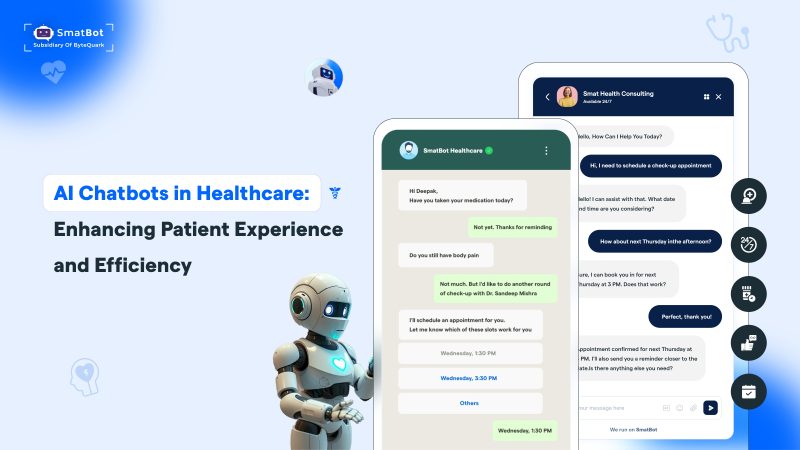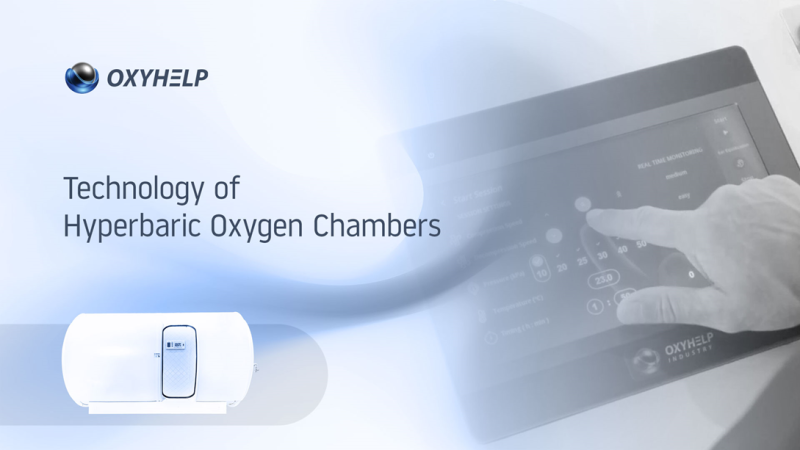Biometric Wearable: The Future of Healthcare!

The use of biometrics has become an integral part of everyday life. As an example, when choosing to unlock the mobile phone with a fingerprint, it is using biometric data – because biometric data is information taken from the body, like the iris, voice, pulse, or in this case, fingerprints.
Wearable Technology
In the modern era, most people use biometric data in fitness trackers. Wearable devices such as these, often worn on the wrist over the pulse, provide people with a host of information about their bodies and lifestyles, from the number of steps they take per day and calories burned to their heart rates and quality of sleep.
There are many applications for wearable tech that continue to grow as the field evolves. The smartwatch and activity tracker has made it a prominent component of consumer electronic devices. In addition to commercial applications, wearable technology is finding its way into navigation systems, advanced textiles, and healthcare. The reliability and security of wearable tech are crucial if it is going into critical applications.
Advantages of Wearable Healthcare
Wearable medical devices have the advantage of facilitating the collection of information that allows people to control their behavior and tasks, thus improving health outcomes. Wearable medical devices need to improve visibility into relevant aspects of an individual’s health status to make more informed health-related decisions. Wearable healthcare devices provide the following benefits:
Monitoring Vulnerable Patients: Wearable technology is unique in that it can monitor vulnerable patients from a distance. In addition to using wearables to monitor their health, many people would also like a way to monitor the health of vulnerable family members. In addition to monitoring vulnerable patients, wearable tech can even aid healthcare providers. Wearables can help patients stay informed about their recovery after surgery or an operation and ensure things go well once they return home.
Benefits for Healthcare Providers and Employers: The wearable tech industry can provide healthcare providers with many benefits. In order to understand the issues that are affecting a patient, wearable devices can monitor patient data over the course of time. Through the use of this device, they are able to make an in-depth diagnosis that would not have been possible without the device.
Promotes proactive healthcare: The majority of people reactively deal with potential health issues. If they feel sick, in pain, or experience any other unusual symptoms, they go to a doctor for treatment. Health care can be more proactive with wearable technology. Wearables allow individuals to act in the early stages of health issues instead of waiting until they become problematic. In this way, healthcare providers can recognize problems that could result in dangerous health consequences.
Maintains patient engagement: Monitoring health with wearable technology makes people more engaged with their health. In real-time, users can access data collected by the device and make informed decisions about their health. In contrast to depending upon doctors’ tests, wearables allow patients to monitor their health without a doctor’s consult.
Health tracking devices monitor aspects of health such as activity levels, heart rates, and sleep quality. The devices collect data over time so users can view and analyze their metrics to spot health irregularities. People can then strive to improve their metrics by engaging in healthy behavior such as getting more sleep and exercising.
A Wearable Technology-Driven Healthcare Revolution
There are no signs that the market for healthcare wearables is slowing down. Solutions developers can play an essential role in shaping the new healthcare industry by creating wearable healthcare solutions that provide information about health status and keep individuals connected with health providers and medical facilities. The Internet of Things has the potential to improve healthcare in the following ways:
Using the cloud to share data: Cloud-based solution organizes wearable device data to meet regulatory compliance, so patients’ devices can transmit vital data to healthcare providers in real-time.
Diagnose and improve medical device functionality: To more effectively improve the device, users will need to have access to usage data. Using this information, they can make enhancements and improvements to the device and its features.
Systematize medical information: Integrate healthcare information systems so that healthcare solution providers can leverage the information they need when they need it, integrating it within their innovative medical system.
The Future looks Promising!
According to the report of Astute Analytica on the global biometric wearable market, it states the market will grow at a compound annual growth rate (CAGR) of 25.5% during the forecast period from 2021-2027. Due to the increasing use of digital wellness technology, users will have access to a wealth of data on their well-being, enabling them to track and monitor their health and, to some degree, even diagnose themselves.
Digitally enabled practitioners will see their next patient equipped with the same wealth of information that the patient has on their wellness apps and devices – and more. Patient-physician relationships will be more trusting, personal, and transparent because clinical visits will become more open, accurate, and efficient.
Health care biometrics has a bright future, with continuous innovation set to improve devices, features, and services; the accuracy of captured data; and most importantly, the health and fitness of wearables consumers around the globe.
Author’s bio:
Emma is a freelance writer and content strategist who offers to ghostwrite, blogging, and copywriting services. She has a keen interest in content marketing with a hold on social media management and market research. With more than five years of experience in writing for different domains, currently, she is exploring a new area of interest in “Information Technology”. Pitch her out to discuss interesting and niche IT domains that are blooming in integration with modern technologies.






